Sept. 30, 2019
Prelims Pointers
Sept. 30, 2019
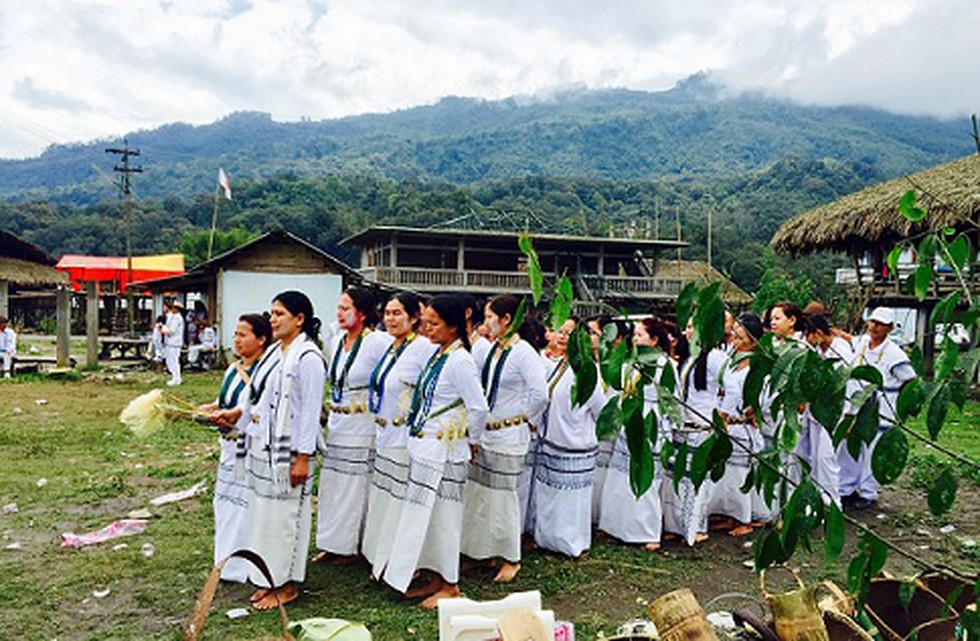
About:
- The Galos belong to the Tani group inhabiting Assam and Arunachal Pradesh, besides Tibet.
- Galos are one of the 26 major communities of Arunachal Pradesh. They dominate West Siang, Lepa Rada and Lower Siang districts in Arunachal Pradesh and have a big population in East Siang, Upper Subansiri and Namsai districts too.
- They trace their common origin to a primeval ancestor, Abotani. But unlike the Mising (Assam), Adi, Apatani, Nyishi and Tagin, the other communities, only the Galos maintain genealogy through given names.
- They have a system of prefixing the second syllable of a father’s name to that of a son, who passes on the suffix in his name to his son. thus, they can trace the names of ancestors from the first syllable or prefix of our names.
Prelims Pointers
Sept. 30, 2019
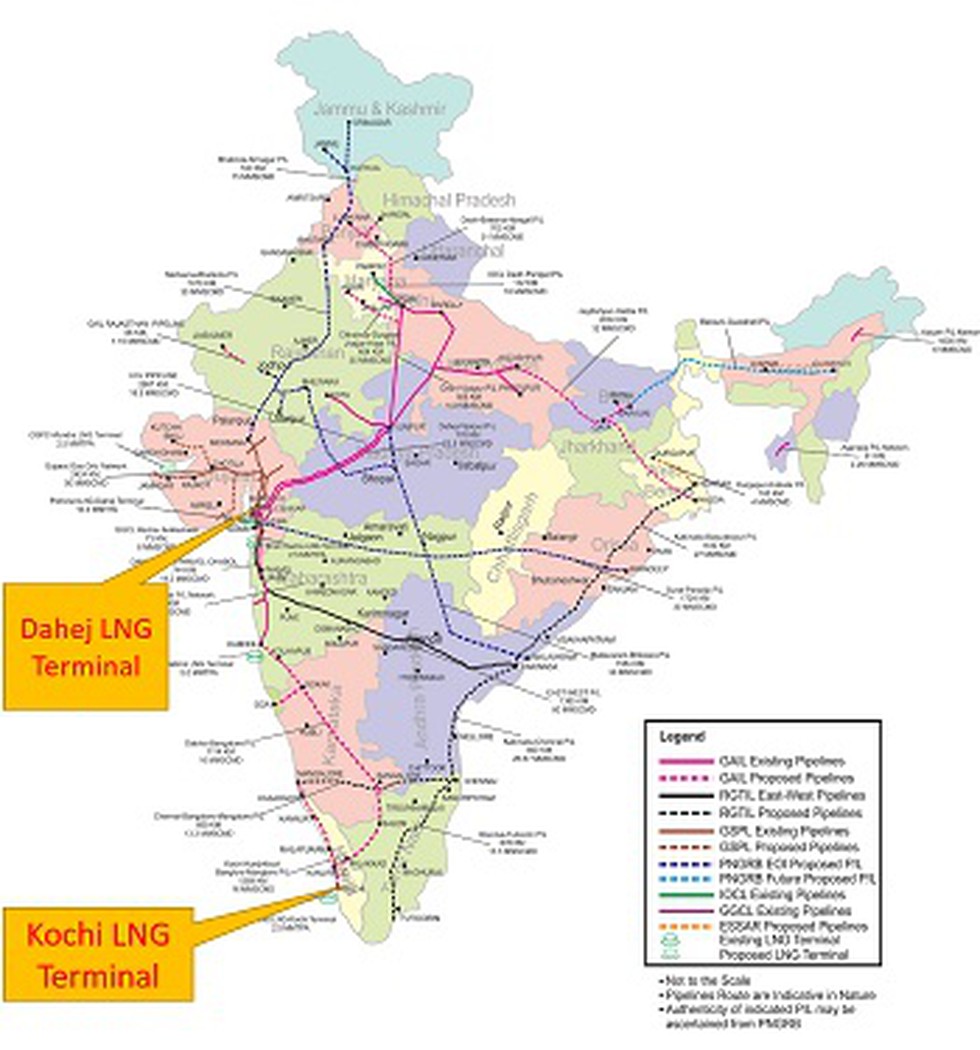
About:
- Petronet LNG Limited, was formed as a Joint Venture by the Government of India to import LNG and set up LNG terminals in the country.
- It involves India's leading oil and natural gas industry players with its promoters being GAIL, ONGC, IOCL and BPCL.
- It has set up the country's first LNG receiving and regasification terminal at Dahej, Gujarat, and another terminal at Kochi, Kerala.
- Headquarters: New Delhi.
- In September 2019, PetroNet signed an MoU with United States-based Tellurian Inc to purchase a stake in the latter's Driftwood project in Louisiana and to import 5 million tonnes of LNG annually. The deal is expected to be finalized by 31 March 2020.
Prelims Pointers
Sept. 30, 2019
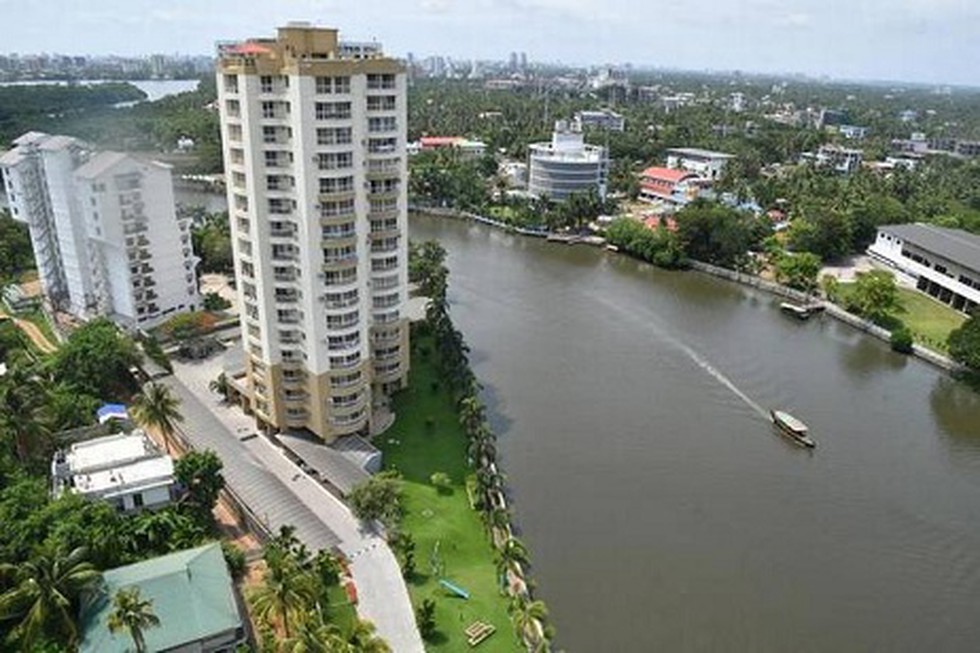
About:
- The case of the demolition of more than 300 flats in Kerala’s Kochi for flouting the Coastal Regulation Zone (CRZ) guidelines dates back to 2006 and the issue came to the Supreme Court in 2016.
- These flats were built on the banks of backwaters in Kochi’s bustling Maradu suburbs. The complexes have 357 flats and at least 1,500 people moved here in the last eight years.
- The Kerala State Coastal Zone Management Authority (KSCZMA) moved the top court in 2016, saying five buildings—four occupied and one under construction—came close to the backwaters violating CRZ III norms.
- According to CRZ III, if an area is notified it should be relatively undisturbed and untouched. In CRZ-III area, no construction is allowed within 200 metres from the coast.
- In May this year, the SC ordered the demolition of 357 waterfront flats saying they violated CRZ norms. In September, it pulled up the state for not implementing its order and gave an ultimatum.
Prelims Pointers
Sept. 30, 2019

Background:
- The latest report, on Ocean and Cryosphere, is the last in a series of three that the IPCC had been asked to produce to assess the impacts of climate change on specific themes.
- The first of these, examining the feasibility of restricting global rise in temperatures to within 1.5°C from pre-industrial times, was submitted in October last year.
- It was followed in August this year by a report on how land systems contribute to and are impacted by climate change.
Key findings of the report:
- The global mean sea level had risen by 16 cm between 1902 and 2015, and that the rate of increase had doubled in the last one decade.
- The sea levels were rising because of thermal expansion of ocean waters due to rising temperatures as well as due to melting of glaciers and polar ice.
- Between 2006 and 2015, the Greenland ice sheet lost ice-mass at an average rate of 278 billion tonnes every year, while the Antarctic ice sheet lost a mass of 155 billion tonnes on an average every year.
- Snow over areas outside of these two regions, like the glaciers in the Himalayas, together lost an average of 220 billion tonnes of ice every year.
The cryosphere is an all-encompassing term for those portions of Earth's surface where water is in solid form, including sea ice, lake ice, river ice, snow cover, glaciers, ice caps, ice sheets, and frozen ground (which includes permafrost).
Prelims Pointers
Sept. 30, 2019
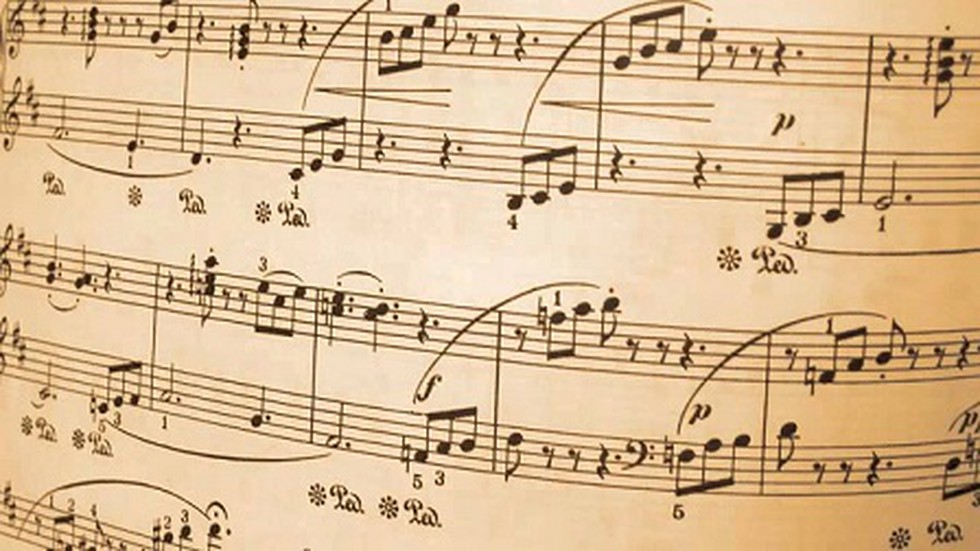
About:
- In music, “portamento” is a term that’s been used for hundreds of years, referring to the effect of gliding a note at one pitch into a note of a lower or higher pitch.
- But only instruments that can continuously vary in pitch — such as the human voice, string instruments, and trombones — can pull off the effect.
- Now an MIT student has invented a novel algorithm that produces a portamento effect between any two audio signals in real-time. His paper describing the algorithm won the “best student paper” award at the recent International Conference on Digital Audio Effects.
- The algorithm relies on “optimal transport,” a geometry-based framework that determines the most efficient ways to move objects — or data points — between multiple origin and destination configurations. Formulated in the 1700s, the framework has been applied to supply chains, fluid dynamics, image alignment, 3-D modeling, computer graphics, and more.
Prelims Pointers
Sept. 30, 2019
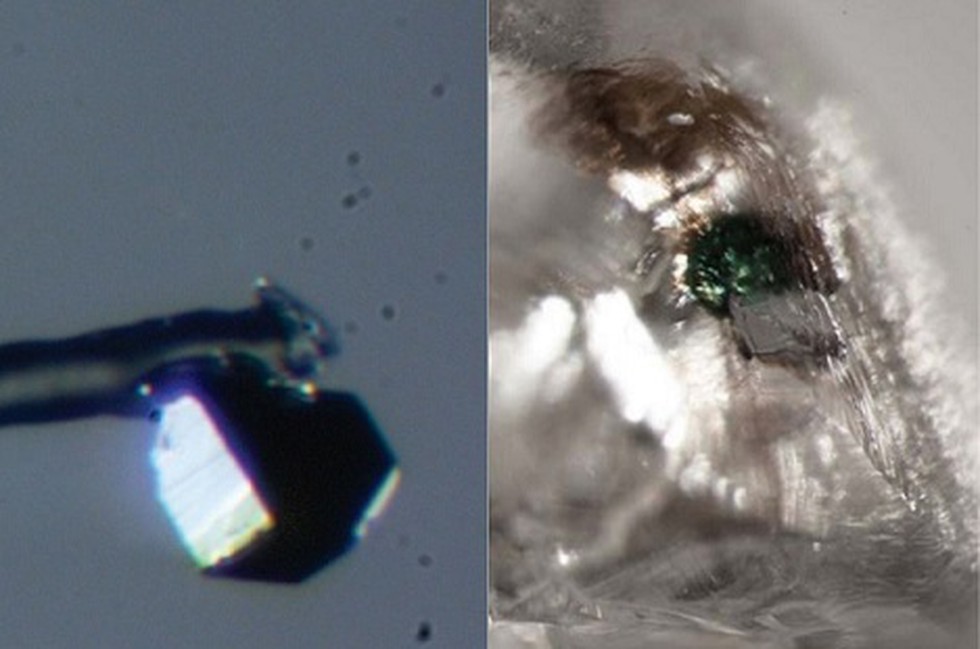
About:
- The mineral has been named goldschmidtite, after Victor Moritz Goldschmidt, the Norwegian scientist acknowledged as the founder of modern geochemistry.
- Goldschmidtite has an unusual chemical signature for a mineral from Earth’s mantle. While the mantle is dominated by elements such as magnesium and iron, goldschmidtite has high concentrations of niobium, potassium and the rare earth elements lanthanum and cerium.
- For potassium and niobium to constitute a major proportion of this mineral, it must have formed under exceptional processes that concentrated these unusual elements.
- It was found as single grain of the mineral in the diamond. it is described as dark green and opaque.
Prelims Pointers
Sept. 30, 2019
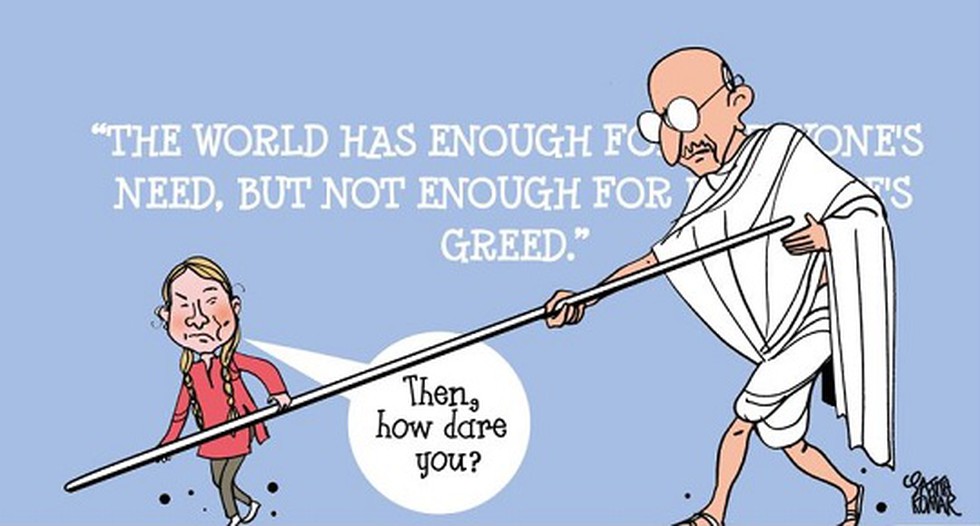
Key pledges made:
- The Climate Investment Platform was officially announced. It will seek to directly mobilize US$ 1 trillion in clean energy investment by 2025 in 20 Least Developed Countries in its first year.
- The “Three Percent Club”, a coalition of countries and businesses will work to drive a three percent annual global increase in energy efficiency.
- The Cool Coalition will set ambitious national cooling targets for its members with the potential to avoid 1 degree of warming by 2050.
- 65 countries and major sub-national economies such as California committed to cut greenhouse gas emissions to net zero by 2050.
- France announced that it would not enter into any trade agreement with countries that have policies counter to the Paris Agreement.
- India pledged to increase renewable energy capacity to 175gw by 2022 and committed to further increasing to 450GW, and announced that 80 countries have joined the International Solar Alliance.
- Russia announced that they will ratify the Paris Agreement, bringing the total number of countries that have joined the Agreement to 187.
Prelims Pointers
Sept. 30, 2019
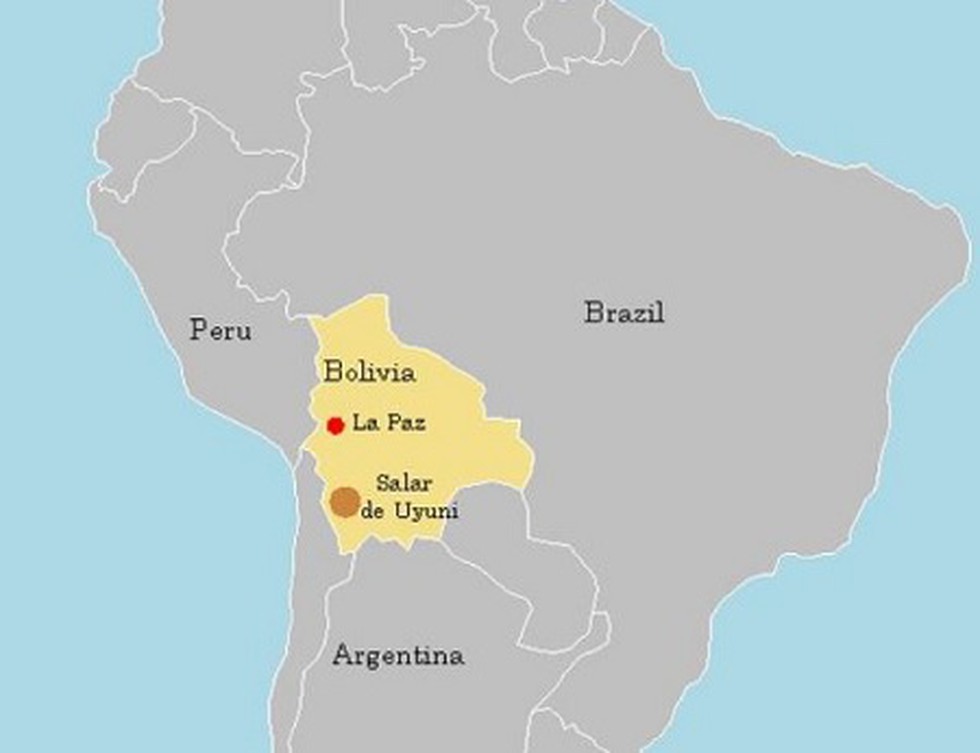
About:
- Beneath Salar de Uyuni, the world’s largest salt flat, lies one of the world’s greatest lithium deposits – around 17 percent of the global total.
- Bolivia, one of South America’s poorest countries, envisions a road to prosperity by harvesting this resource on an industrial scale from underground salt water brines.
- Enticed by lithium prices more than doubling in recent years, as demand for electric vehicles and smart devices (powered by lithium-ion batteries) escalates, Bolivia sees an opportunity.
Salar de Uyuni?
- Salar de Uyuni (or Salar de Tunupa) is the world's largest salt flat, at 10,582 square kilometers.
- It is in Bolivia, near the crest of the Andes.
- The Salar was formed as a result of transformations between several prehistoric lakes.
- It is covered by a few meters of salt crust, which serves as a source of salt and covers a pool of brine, which is exceptionally rich in lithium. It contains 50% to 70% of the world's known lithium reserves.
Prelims Pointers
Sept. 30, 2019
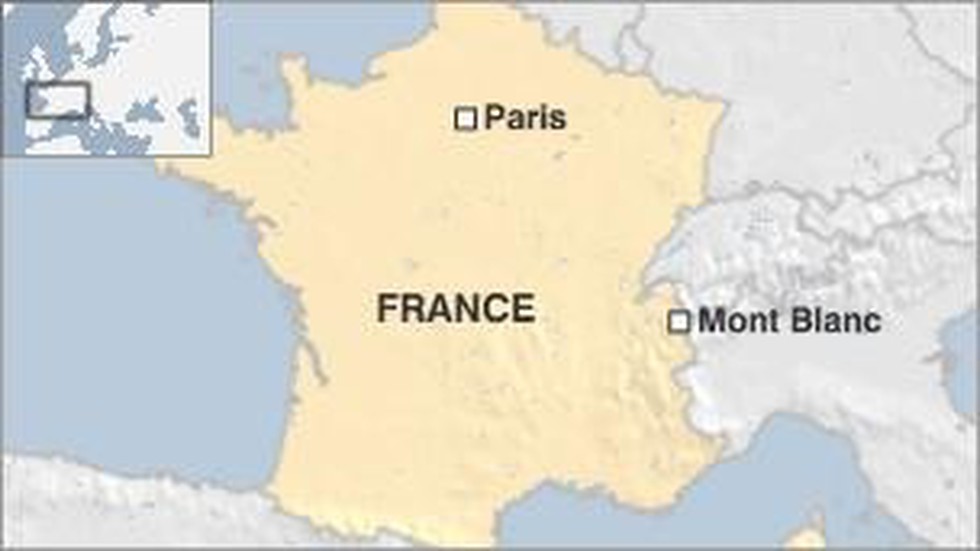
About:
- Mont blanc is also known as White Mountain in French.
- It rises 4,808 m above sea level and is the highest mountain in the Alps and the highest in the European Union.
- The mountain stands in a range called the Graian Alps, between the regions of Aosta Valley, Italy, and Savoie and Haute-Savoie, France. The border between Italy and France passes through the summit of Mont Blanc, making it both French and Italian.
Prelims Pointers
Sept. 30, 2019
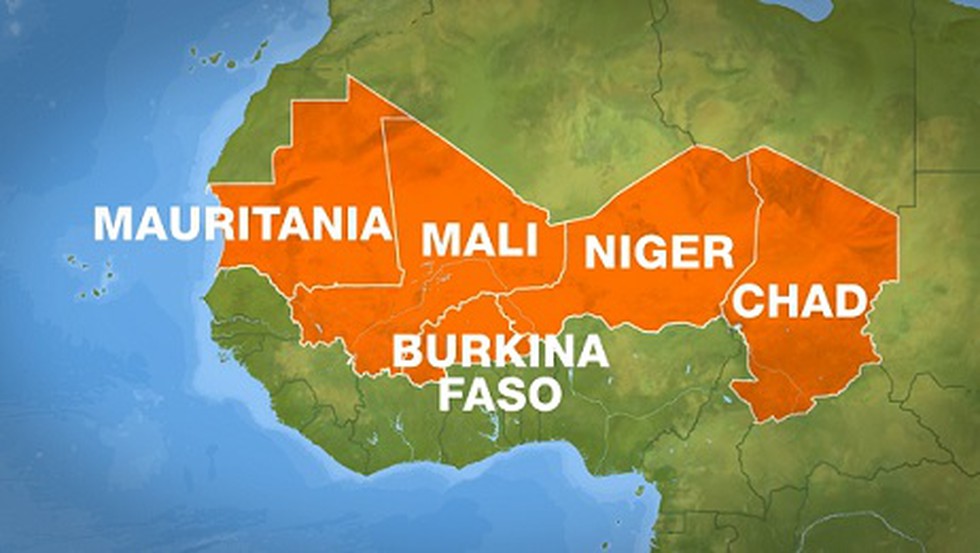
About:
- What is it? G5 Sahel task force is a five-nation anti-terror force in the Sahel region of West Africa.
- French leadership: G5 Sahel initiative is led by Former colonial power France. France is fighting against jihadists in West Africa with its 4,000-strong regional Barkhane force, but is keen for the countries affected to take on more responsibility.
- Headquarters: Nouakchott, Mauritania.
Sahel?
- The Sahel Belt is a semi-arid tropical savanna ecoregion in Africa, which forms the transitional zone between the Sahara Desert to the north and the more humid savanna belt to the south.
- The Sahel stretches from the Atlantic Ocean on the west, eastward through northern Senegal, southern Mauritania, the great bend of the Niger River in Mali, Burkina Faso, southern Niger, north-eastern Nigeria, south-central Chad, and through the nation of Sudan to the Red Sea coast.
Sept. 29, 2019
Prelims Pointers
Sept. 29, 2019
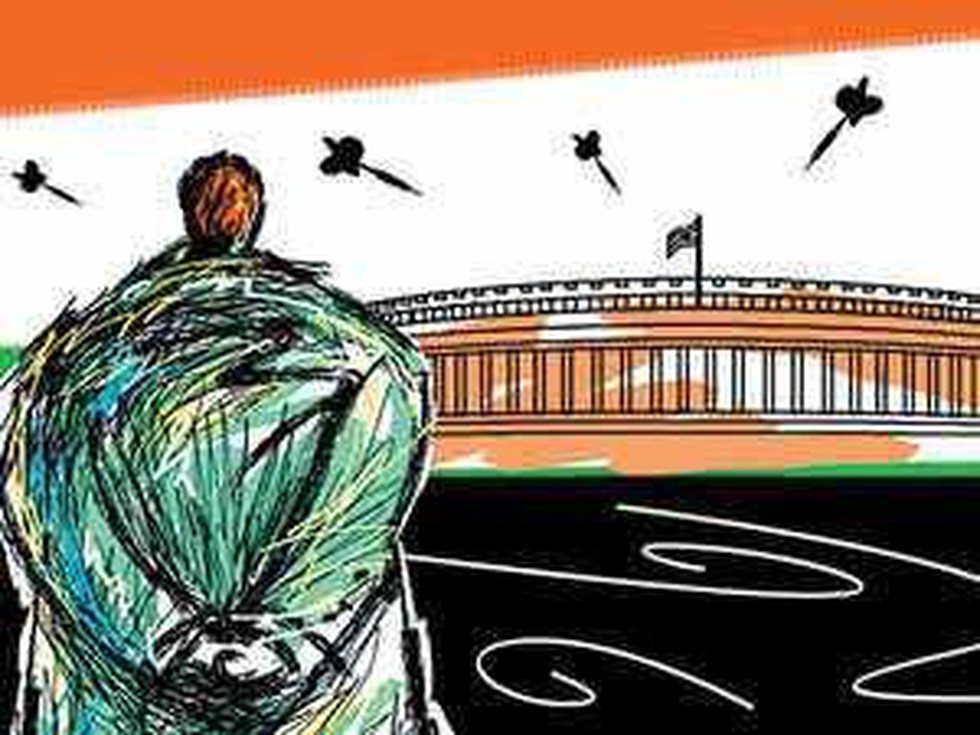
About:
- Meghalaya is divided into autonomous councils in the names of the three major matrilineal communities — Garo, Khasi and Jaintia.
- The minority tribes include the Hajong, Koch, Rabha, Boro and Mann. Currently, members of such “unrepresented tribes” are nominated to the autonomous district councils.
- Parts or the whole of the four northeastern States — Assam, Meghalaya, Mizoram and Tripura — fall under the Sixth Schedule, which makes special provisions for “tribal areas”.
Sixth Schedule?
- Sixth Schedule deals with Article 244(2) and 275(1).
- It has provisions related to the Administration of Tribal Areas in the States of Assam, Meghalaya, Tripura and Mizoram.
- It provides for the setting up Autonomous District Councils (ADCs) for administration of these tribal areas. Term of the District Councils is for five years from the date of their constitution. It is governed by an Executive Committee.
Prelims Pointers
Sept. 29, 2019
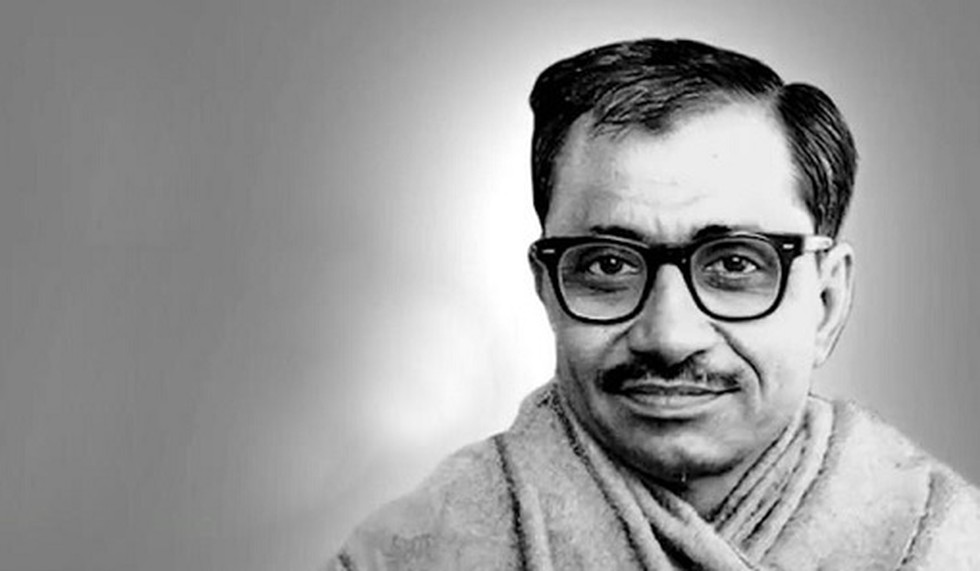
About:
- Deendayal Upadhyaya (1916 – 1968) was an Indian thinker and former leader of the political party Bharatiya Jana Sangh, the forerunner of Bharatiya Janata Party. He became president of the Jana Sangh in 1967.
- Integral humanism was a set of concepts drafted by Upadhyaya as political program and adopted in 1965 as the official doctrine of the Jan Sangh.
- Since 2016 the NDA government has named several public institutions after him.
Integral Humanism:
- He outlined his philosophy for governance in the form of four lectures delivered in 1965 to Bharatiya Jana Sangh (BJS) party-workers in Bombay, titled “Integral Humanism”.
- The title was chosen to contrast it with the thesis of ‘Radical Humanism’ put forward by MN Roy, the former Communist leader.
- According to him, the fundamental cause of the numerous problems that modem India is faced with lies in the indiscriminate application of the Western forms of thought to Indian political life.
- Thus it is opposed to both western capitalist individualism and Marxist socialism of their excesses and alienness, though welcoming to western science. It presents an indigenous economic model that puts the human being at centre stage.
Prelims Pointers
Sept. 29, 2019
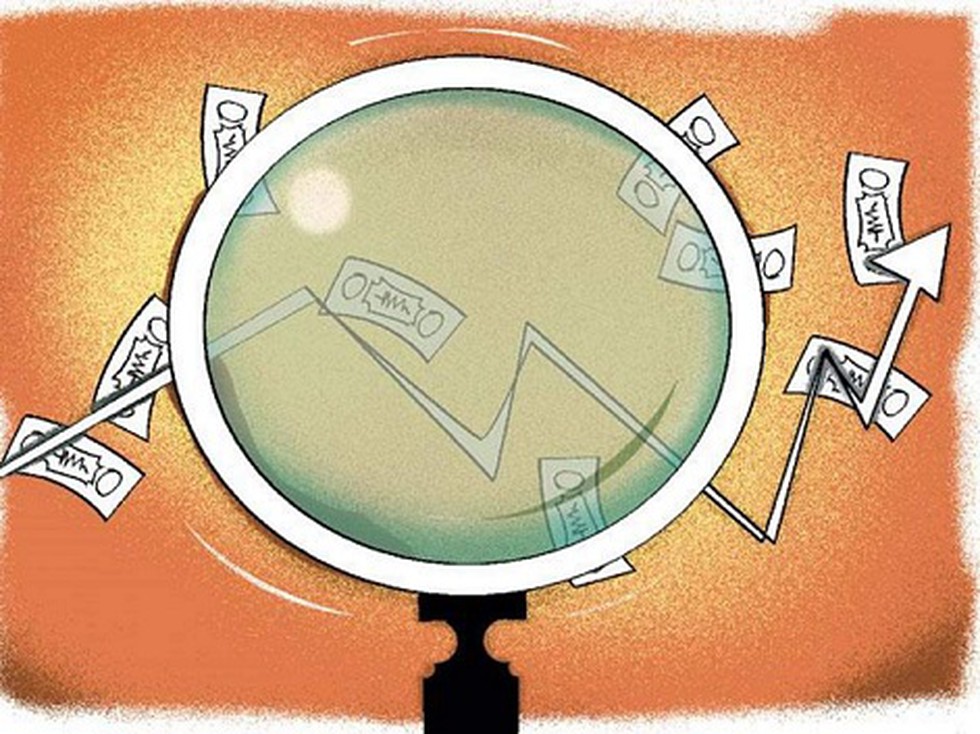
About:
- Meaning: PCA Framework are the corrective measures suggested by RBI that should be a taken by commercial banks when its financial condition worsens beyond a level.
- Objective: To maintain sound financial health of commercial banks.
- Parameters: Under it, RBI has specified trigger points in terms of three parameters:
- Capital to risk weighted assets ratio (CRAR),
- Net non-performing assets (NPA) and
- Return on Assets (RoA).
- Capital to risk weighted assets ratio (CRAR),
- Actions: If a bank hits the trigger point (like CRAR of 9%, 6%, 3%) then RBI initiates certain structured/mandatory and discretionary actions in respect of that bank.
- Structured actions are those which are essential to restore the financial health of banks.
- Discretionary actions are taken by RBI depending upon the profile of each bank.
- g. banks are restricted from certain riskier activities such as expanding the number of branches, increasing the size of their loan book and paying dividend.
- Structured actions are those which are essential to restore the financial health of banks.
- Type of institutions covered: The PCA framework is applicable only to commercial banks. It is not applicable to –
- Co-operative banks,
- Non-Banking Financial Companies (NBFCs) and
- Financial Management Institutions (FMIs).
- Co-operative banks,
- Present status:
- Currently, 11 out of 21 Public-sector Banks are under the RBI’s PCA framework.
- These are Dena Bank, Central Bank of India, Bank of Maharashtra, UCO Bank, IDBI Bank, Oriental Bank of Commerce, Indian Overseas Bank, Corporation Bank, Bank of India, Allahabad Bank and United Bank of India.
- Currently, 11 out of 21 Public-sector Banks are under the RBI’s PCA framework.
Prelims Pointers
Sept. 29, 2019
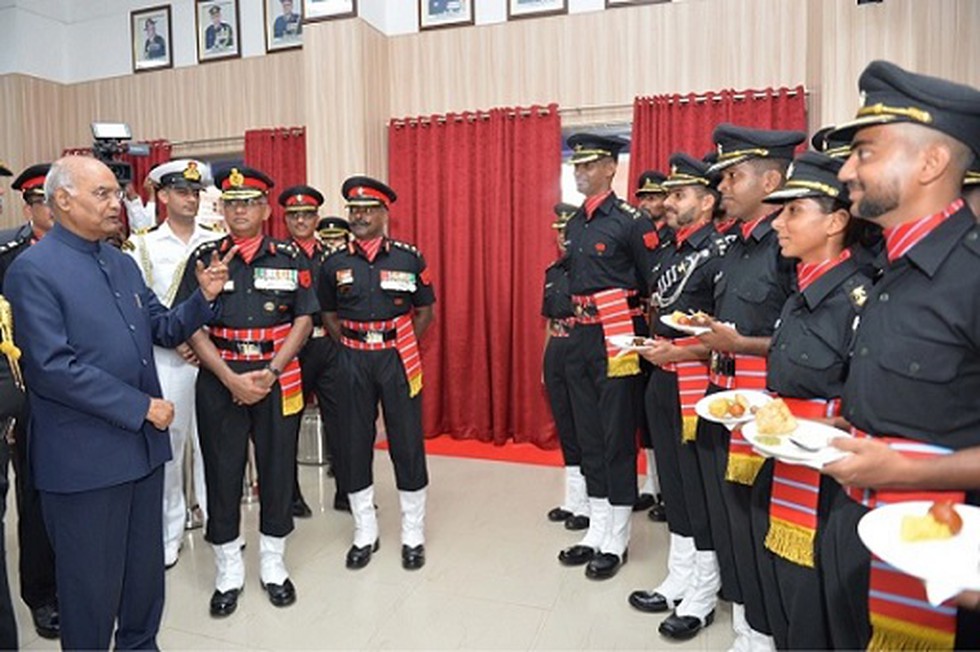
About:
- Presidential Colours are Regimental flags that are awarded to a regiment by the president during a ceremony.
- These are one of the greatest honours bestowed upon an armed force unit in recognition of exceptional service rendered by it to the nation, both during peace and war.
Corps Of Army Air Defence?
- The award was given to the Corps of Army Air Defence on the occasion of 25 years of Army Air Defence College, AADC.
- One of the youngest corps of Army, the Army Air Defence Corps bifurcated from the Regiment of Artillery in 1989 and established the Army Air Defence College. The AADC is the training school for the personnel of the Air Defence Corps.
Prelims Pointers
Sept. 29, 2019
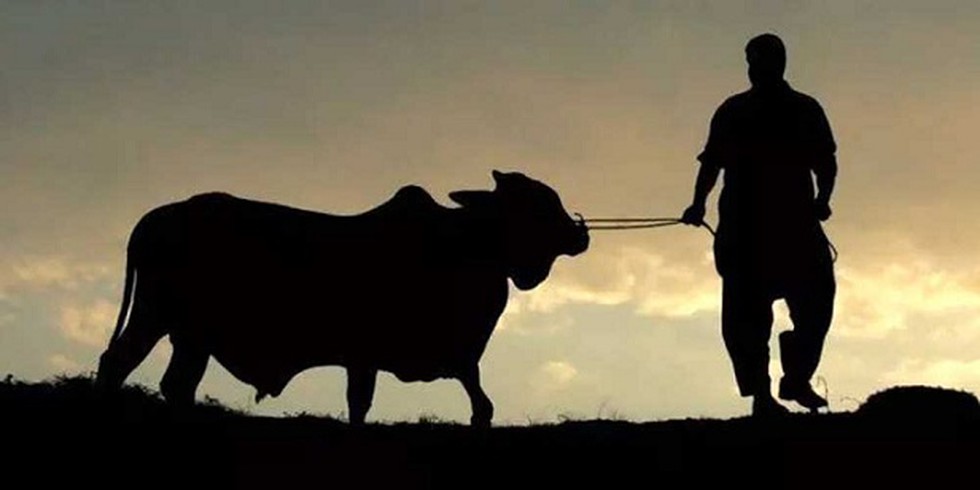
Judgement:
- The High Court said that no person including the state shall be allowed to sacrifice of any animal or bird within the precincts of any one of the temples within the state of Tripura. The order has to be implemented with immediate effect.
- The court also suggested that the Government can earmark land for an opening shelter home for rearing the livestock.
- The ban has been imposed on a PIL filed by former District Judge who raised a concern about animal sacrifice in religious places including Tripura Sundari and Chaturdash Devta temples.
Arguments given:
- It said that the sacrifice of an animal in a temple is not an essential part of religion.
- Animals also have fundamental right to life under Article 21 of the Constitution of India.
- Section 28 of the Prevention of Cruelty to Animals Act does not in any way allow sacrifice of animal in temple.
- Part IVA of the Indian Constitution casts duty upon every citizen under Art 51A(g) with a moral obligation to protect and improve the natural environment including forests, lakes, rivers, and wildlife, and to have compassion for living creatures.
- Article 51A(i) further mandates humanism to abjure violence, which sense of duty would only be against human, but in ones considered view against every living creature on this earth.
Prelims Pointers
Sept. 29, 2019
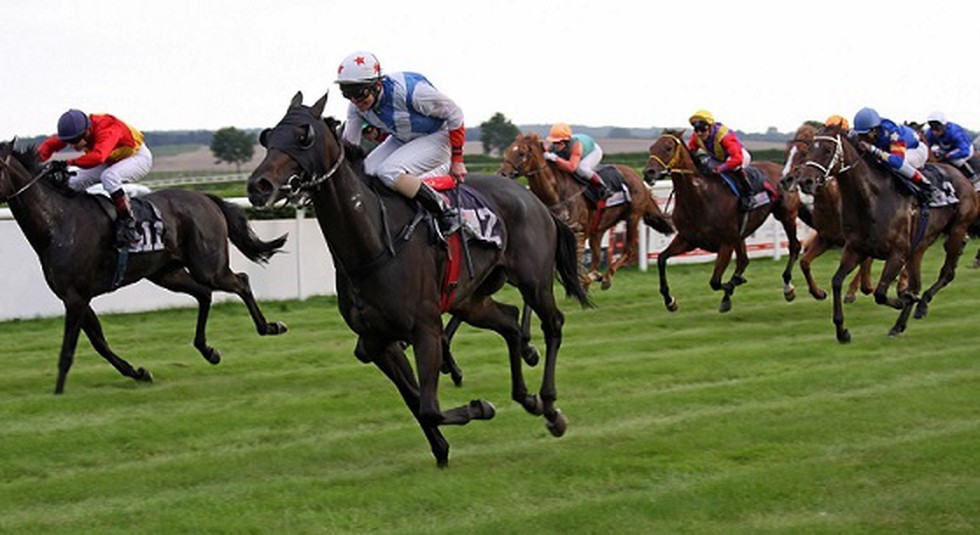
About:
- The Fitment Committee had recommended that the GST on horse-racing should be payable only on commissions and not include the prize money.
- Arguments sighted:
- The prize money which is currently being taxed under GST is leading to much more illegal betting.
- Also, lotteries and casinos were different from horse racing. Horse racing was a game of skill while lotteries and casinos were games of chance, and so the two should be taxed differently.
- The prize money which is currently being taxed under GST is leading to much more illegal betting.
- The Race clubs in India, have also pushed for a lower rate of GST — 18 per cent — on transactional value of betting — on the total bet value. At present, GST is levied at the rate of 28 per cent.
In 1996 the Supreme Court has declared horse racing as ‘game of skill’ and not a ‘game of chance.’ it stated that “Horse racing is neither gaming nor gambling as defined and envisaged under the two acts (Police Act and Gaming Act).”
Prelims Pointers
Sept. 29, 2019

About:
- A Cyber Physical System (CPS) is a mechanism controlled or monitored by computer-based algorithms, tightly integrated with internet and its users.
- Programme Objectives: Adoption of Cyber Physical Systems (CPS) to address India specific issues; accelerate entrepreneurship and start-up ecosystem development in CPS,
- States/districts covered: ICPS is a Pan India programme that covers entire Central Ministries, State Governments, Industry and Academia.
- Implemented by: Department of Science &Technology.
- Implementation period: 5 years.
Strategy:
- The Mission aims at establishment of 15 numbers of Technology Innovation Hubs (TIH), six numbers of Application Innovation Hubs (AIH) and four numbers of Technology Translation Research Parks (TTRP).
- These Hubs & TTRPs will connect to Academics, Industry, Central Ministries and State Government in developing solutions at reputed academic, R&D and other organizations across the country in a hub and spoke model.
- The Hubs & TTRPs have four focused areas namely (i) Technology Development; (ii) HRD & Skill Development; (iii) Innovation, Entrepreneurship & Start-ups Ecosystem Development; (iv) International Collaborations.
Prelims Pointers
Sept. 29, 2019
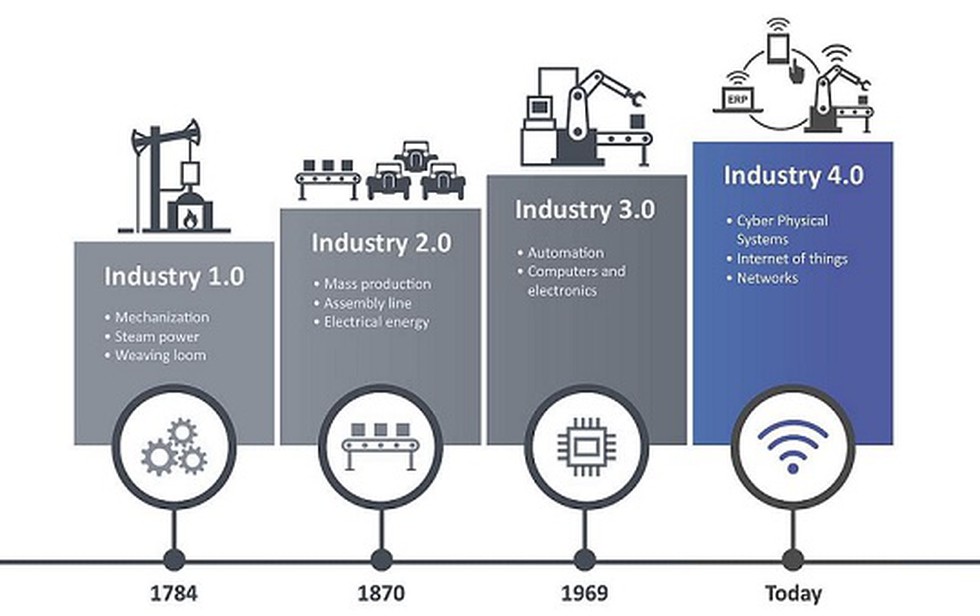
About:
- The project would be undertaken under the aegis of “Technology Mission for Indian Railways” (TMIR).
- It would be implemented by a consortium of Ministry of Railways, Ministry of Human Resource Development and Ministry of Science & Technology.
- It would be implemented on an investment sharing model for taking up identified railway projects for applied research and use on Indian Railways for advancement and modernization.
- Full transition to the digital factory using ‘Industry 4.0’ across entire value chain from design to production will help enhance productivity.
Industry 4.0?
- ‘Industry 4.0’ commonly referred to as the fourth industrial revolution, is a name given to the current trend of automation, interconnectivity and data exchange in manufacturing technologies to increase productivity.
- Industry 4.0 is a complex Cyber-Physical Systems which synergizes production with digital technologies, the Internet of Things, Artificial Intelligence, Big Data & Analytics, Machine Learning and Cloud Computing.
Prelims Pointers
Sept. 29, 2019
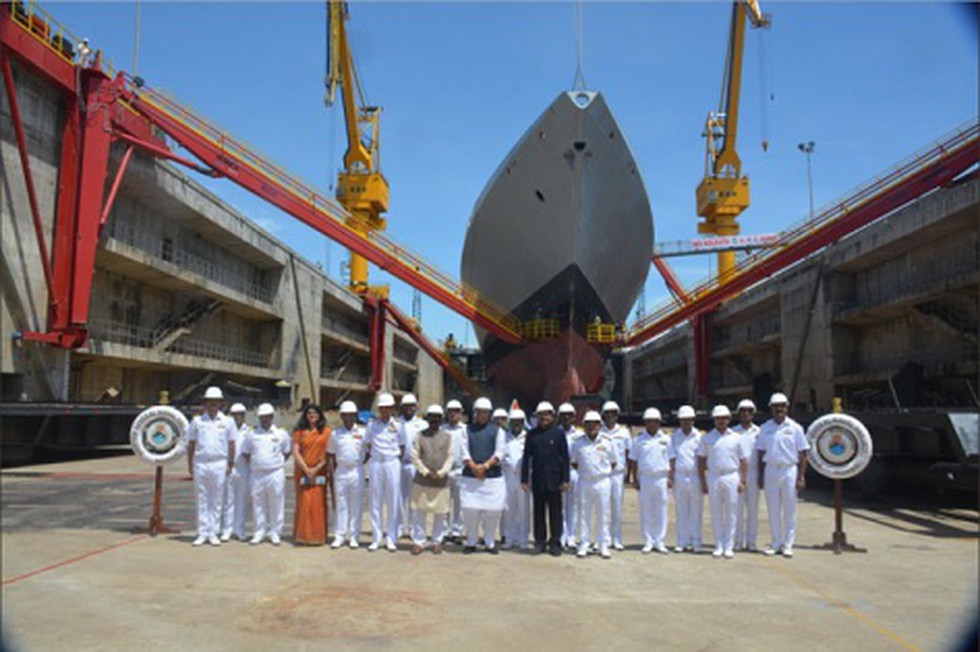
About:
- The aircraft carrier dry dock is capable of docking aircraft carrier INS Vikramaditya.
- It is also capable to dock IAC-I, the indigenous aircraft carrier which is under construction at Cochin shipyard and ships with tonnage up to 90,000 tonnes, making it the largest dry dock of the Indian Navy.
- The dry dock, measuring 281 metres in length, 45 metres in width and 16.7 metres in depth, will allow multiple ship-docking, including two submarines at the same time.
Dry Dock?
- A dry dock is a berthing place to carry out repair, refuelling and maintenance of a ship. The ships need to undergo crucial repairs while waging underwater which can only be done when the vessel is on a dry dock.
Prelims Pointers
Sept. 29, 2019
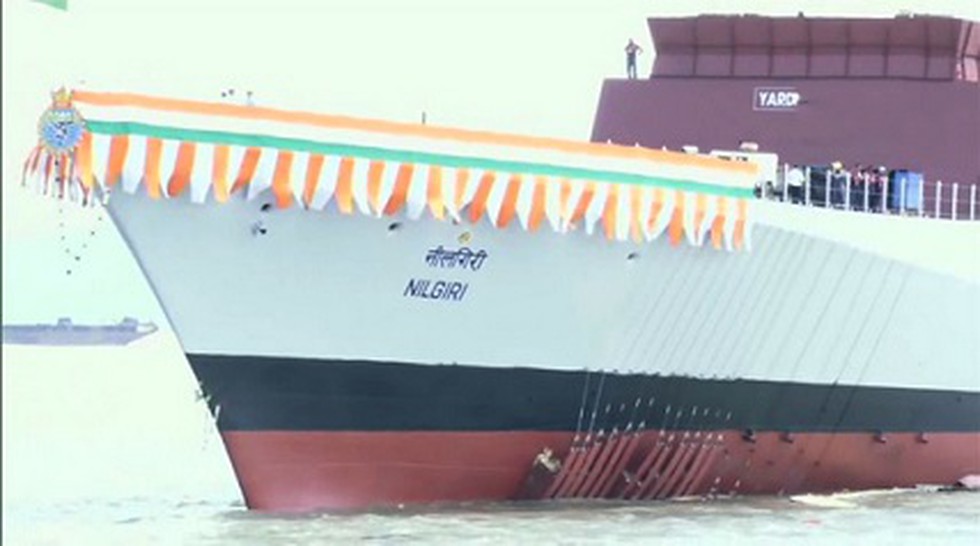
About:
- INS ‘Nilgiri’ is the first of the Navy's seven new stealth frigates under Project 17A.
- Project 17A frigates is a design derivative of the Shivalik class stealth frigates with much more advanced stealth features and indigenous weapons and sensors.
Sept. 28, 2019
Prelims Pointers
Sept. 28, 2019
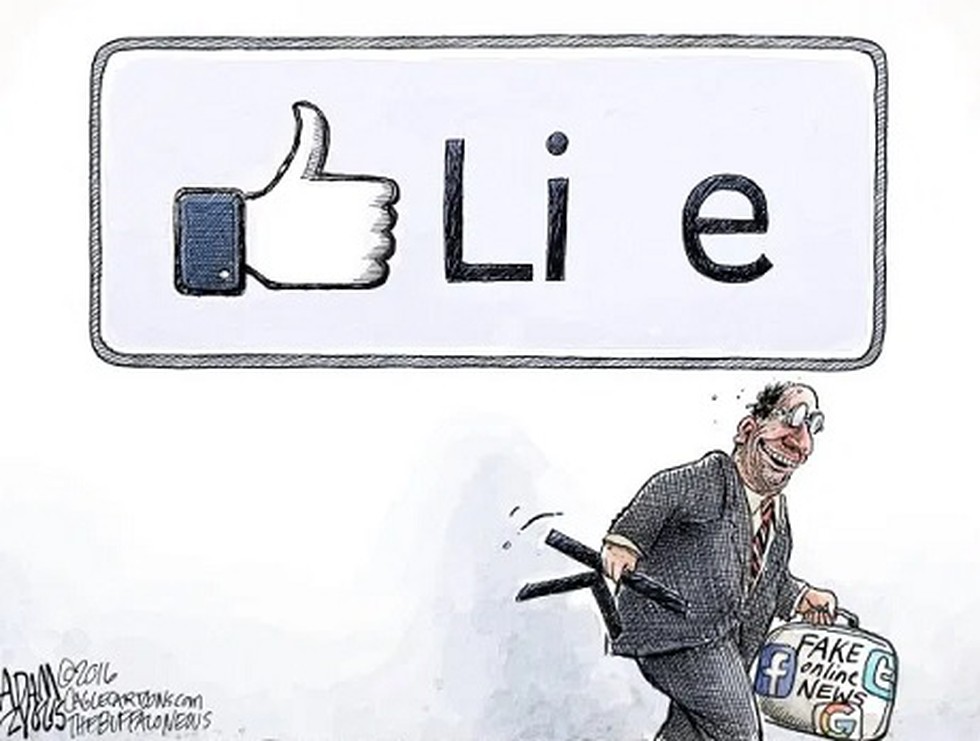
About:
- The signatories committed to promoting independently reported, diverse and reliable information on the internet under an accord initiated by Reporters Without Borders (RSF), a press freedom watchdog.
- The agreement underlined the responsibility of internet providers to promote trustworthy content and pluralism to escape the current information chaos.
Reporters Without Borders?
- Name: Reporters Without Borders is also known under its original name Reporters Sans Frontières (RSF).
- Type: Non-profit organization, non-governmental organization with consultant status at the United Nations.
- Headquarters: Paris, France.
- Functions: To conducts political advocacy on issues relating to freedom of information and freedom of the press.
- Its key Publications are: World Press Freedom Index, Predators of Press Freedom ad Press Freedom Barometer.
Prelims Pointers
Sept. 28, 2019

About:
- Since June, this is the fourth round of sacking of corrupt tax officials. In the previous three rounds, 49 high ranking tax officers, including 12 from the CBDT, were compulsorily retired.
- The action was in line with PM Modi's address to the nation from the Red Fort when he had said some black sheep in the tax administration may have misused their powers and harassed taxpayers, either by targeting honest assesses or taking excessive action for minor or procedural violations.
Do you know?
- The Rule 56(J) of Central Civil Services (Pension) Rules, 1972 provides for periodical review of the performance of government servants with a view to ascertain whether they should be retained in service or retired in public interest.
- As per these instructions, the cases of government servants covered by FR 56(J), 56(1) or Rule 48(1) (b) of CCS (Pension) Rules, 1972 should be reviewed six months before they attain the age of 50-55 years, in cases covered by FR 56(j) and on completion of 30 years of qualifying service under FR 56(1) or Rule 48 of CCS (Pension) Rules, 1972.
Prelims Pointers
Sept. 28, 2019
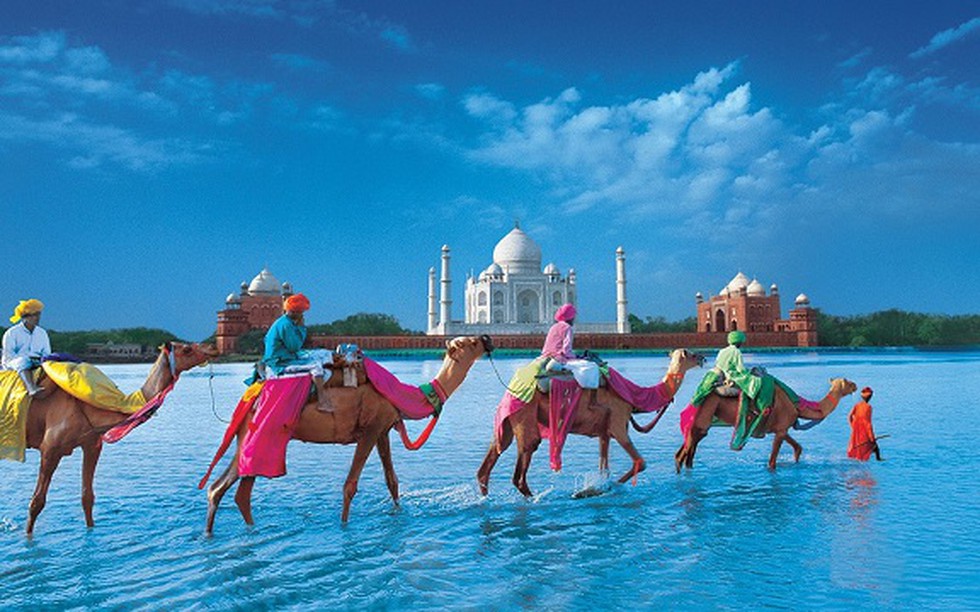
National Tourism Awards:
- Since the early 1990s, Union Ministry of Tourism annually presents National Tourism Awards to various segments of the tourism industry to encourage healthy competition with an aim to promoting tourism.
- These awards are presented to State Governments/UTs, classified hotels, heritage hotels, approved travel agents, tour operators and tourist transport operators, individuals and other private organizations in recognition of their performance in their respective fields.
World Tourism Day:
- World Tourism Day is celebrated annually on 27th September, to coincide with the anniversary of adoption of the statutes of the United Nations World Tourism Organisation (UNWTO).
- The theme for World Tourism Day 2019 is ‘Tourism and Jobs: a better future for all’.
- The UNWTO has selected India as the host country for official World Tourism Day 2019.
Prelims Pointers
Sept. 28, 2019
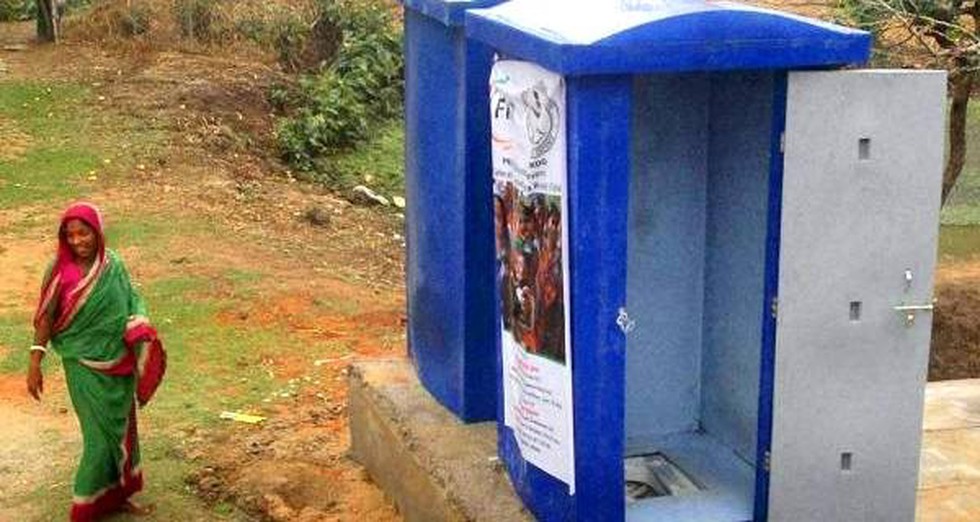
About:
- This strategy has been prepared by Department of Drinking Water and Sanitation (DDWS), Ministry of Jal Shakti, in consultation with State Governments and other stakeholders.
- The strategy focuses on sustaining the sanitation behaviour change that has been achieved under the Swachh Bharat Mission Grameen (SBM-G) through capacity strengthening, IEC (Information, education and communication), organic waste management, plastic waste management, grey water management and black water management.
- It lays down a framework to guide local governments, policy makers, implementers and other relevant stakeholders in their planning for Open Defecation Free (ODF) Plus, where everyone uses a toilet, and every village has access to solid and liquid waste management.
Prelims Pointers
Sept. 28, 2019
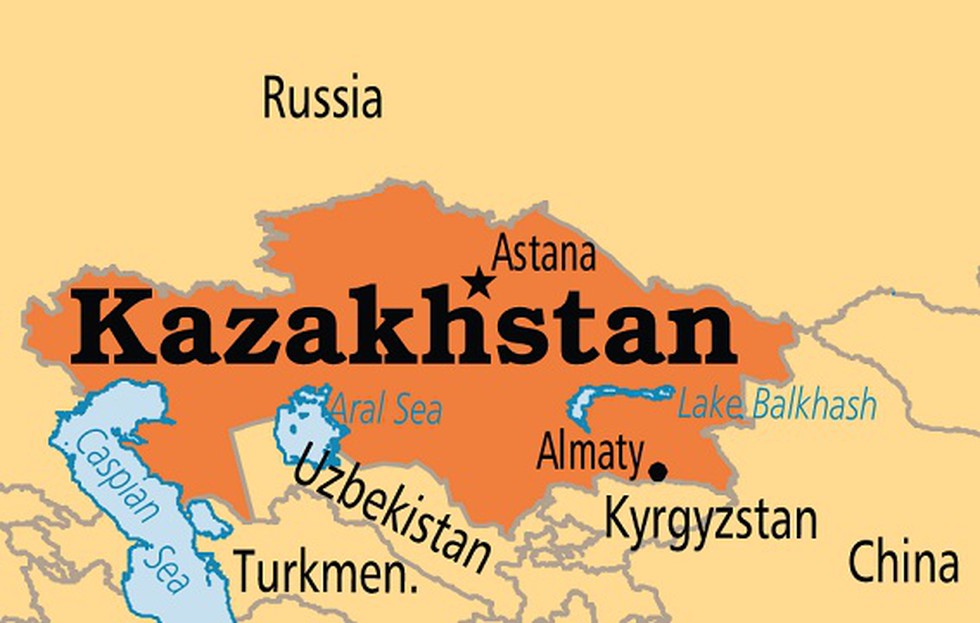
About:
- Exercise KAZIND-2019 is the fourth edition of an annual event which is conducted alternatively in Kazakhstan and India.
- The exercise will comprise of nearly 100 soldiers from both Indian and Kazakhstan Army who would be sharing their experience gained during conduct of various counter insurgency and counter terrorism operations in the past.
- The aim of this exercise is to enhance the level of defence cooperation further fostering bilateral relations between the two nations.
Prelims Pointers
Sept. 28, 2019
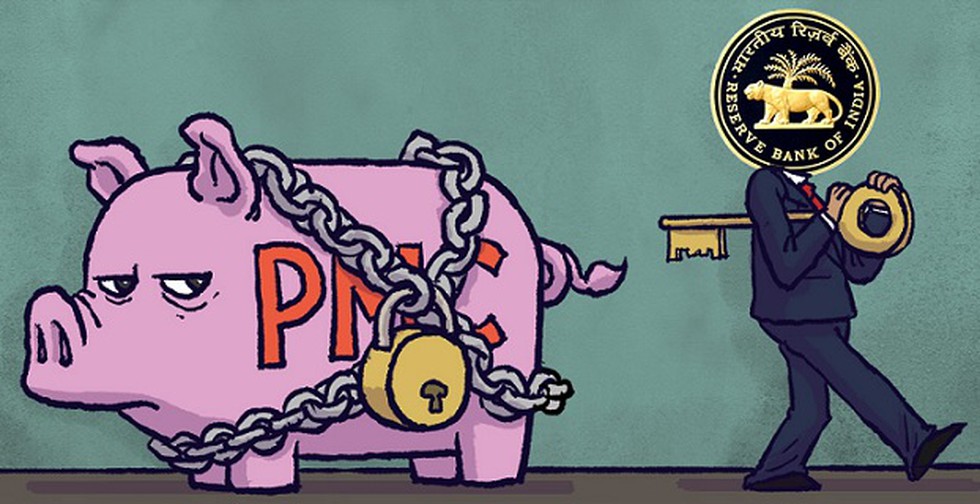
Restrictions imposed:
- The bank cannot issue loans or open any fixed deposit accounts until February 2020.
- RBI has imposed the directions under sub-section (1) of Section 35A read with Section 56 of the Banking Regulation Act, 1949.
Section 35A of the Banking Regulation Act:
- The Banking Regulation Act legislated in the year 1949 comprises a set of rules which govern the banking sector in India. The act vests powers in the RBI to grant licenses to banks as well as work as a banking regulator in India.
- Section 35A of the Banking Regulation Act, 1949 vests power in the RBI to give directions to banks and can take action, "to prevent the affairs of any banking company being conducted in a manner detrimental to the interests of the depositors or in a manner prejudicial to the interests of the banking company".
- The RBI under the act can also impose restrictions on banks to ensure better governance and control.
- Meanwhile, Section 56 of the act is applicable to cooperative societies.
Prelims Pointers
Sept. 28, 2019
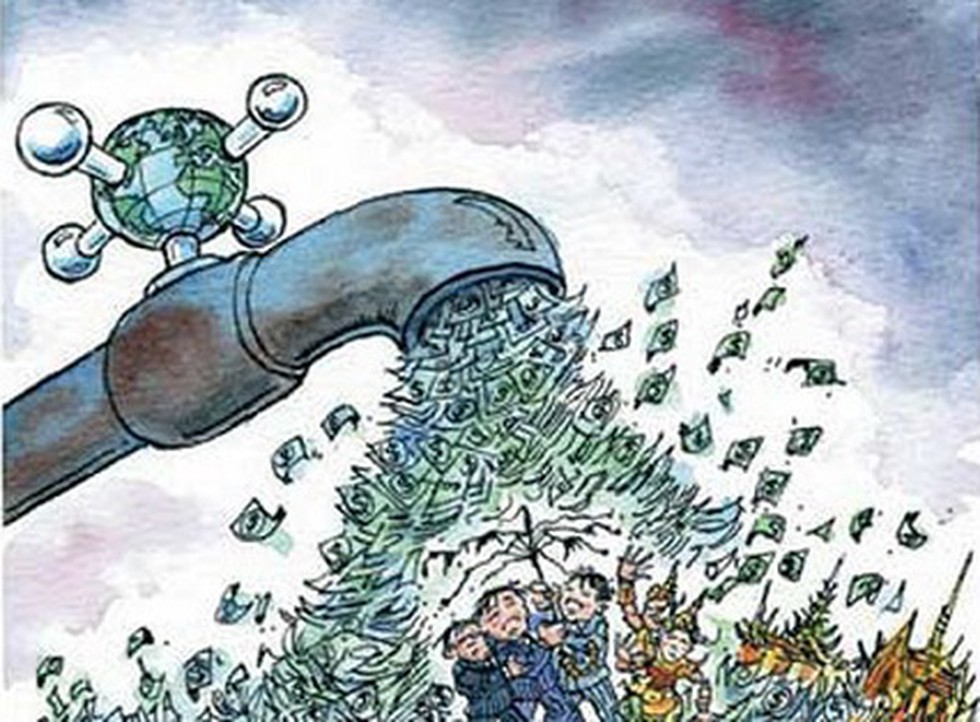
Recommendations made:
- Guiding principles for an effective liquidity management framework should be: the liquidity framework should be guided by the objective of maintaining the call money rate close to the policy rate; it should be consistent with the policy rate; and it should not undermine the price discovery in the inter-bank money market.
- The current liquidity management framework should largely continue in its present form- a corridor system with the call money rate as the target rate.
- The framework should be flexible. While the corridor system would normally require the system liquidity to be in a small deficit, if financial conditions warrant a situation of liquidity surplus, the framework should be adaptable.
- Minimizing the number of operations should be an efficiency goal of the liquidity framework. Consequently, there should be ideally one single overnight variable rate operation in a day.
- The current provision of assured liquidity – up to 1% of NDTL - is no longer necessary since the proposed liquidity framework would entirely meet the system’s liquidity needs.
- Build-up of a large deficit or surplus should be offset through appropriate durable liquidity operations.
Prelims Pointers
Sept. 28, 2019
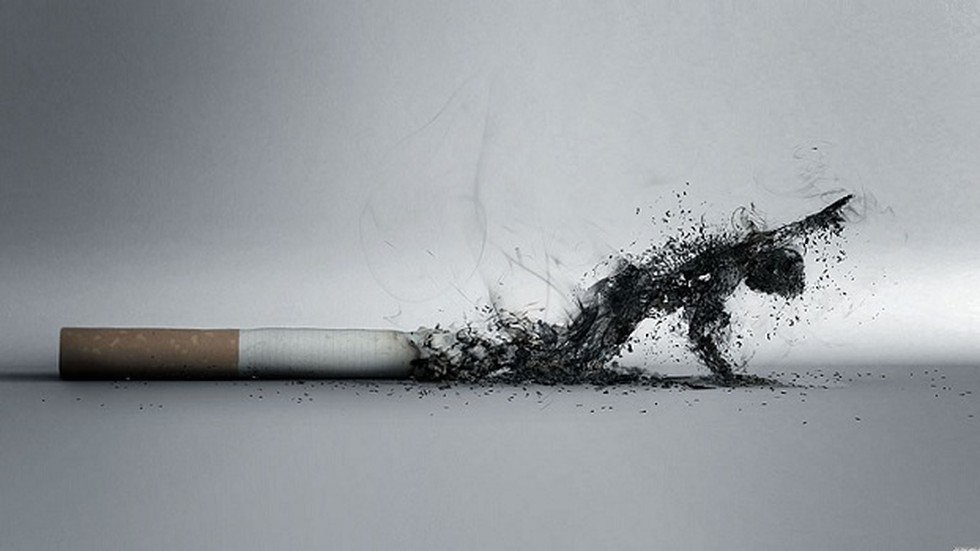
Tobacco Quitline:
- The helpline 1800-11-2356 — started by the Union Health Ministry in April last year — is displayed on all tobacco products.
- The toll free Tobacco Quit-line Services [1800-11-2356] provides counseling and strategies for quitting tobacco use.
- Subsequently, the south Indian regional languages cell, NIMHANS Tobacco Quitline was started on September 11. It is monitored by National Institute of Mental Health and Neurosciences (NIMHANS) in Bengaluru.
mCessation Programme:
- The Centre’s ‘mCessation’ Programme to quit tobacco is a text messaging programme for mobile phone users. A person looking to quit tobacco can give a missed call to 011-22901701 after which, they will be sent a series of messages over several months.
- In a 2018 report published by the peer-reviewed online journal BMJ Innovations it was reported that the ‘mCessation’ programme in India had seen a 19% quit rate (estimated as not used any tobacco in the past 30 days).
As per the recent second round of Global Adult Tobacco Survey [GATS -2, 2016-17] conducted in the age group 15 years and above, 61.9% of current cigarette smokers, 53.8% of current bidi smokers and 46.2% of current smokeless tobacco users thought about quitting because of warning label on packets of cigarette, bidi and smokeless tobacco.
Prelims Pointers
Sept. 28, 2019
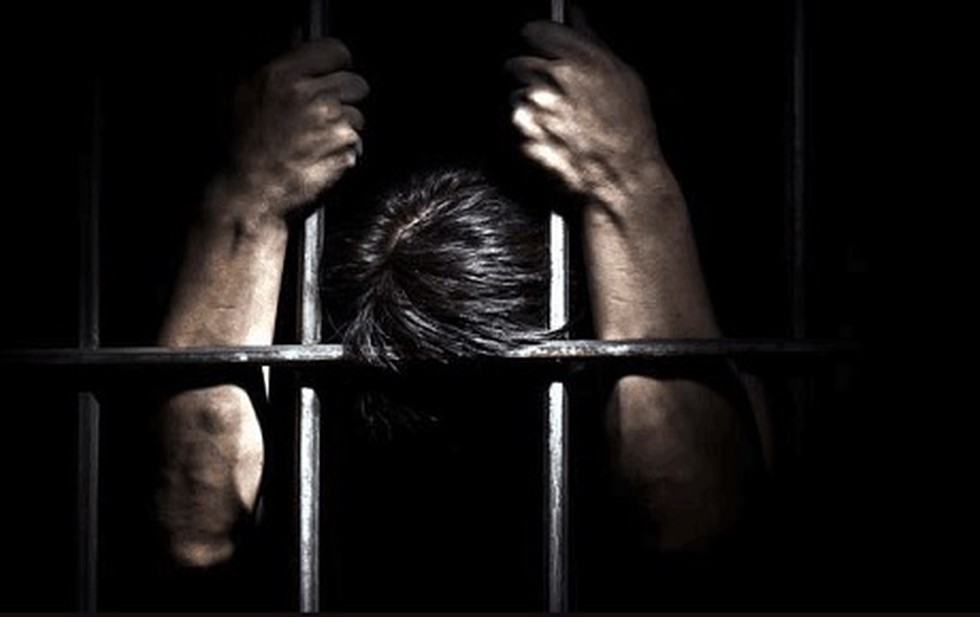
About:
- Right to Constitutional Remedies: The Indian Constitution empowers the Supreme Court to issue writs for enforcement of any of the fundamental rights conferred by Part III of Indian Constitution under Article 32. Thus the power to issue writs is primarily a provision made to make available the Right to Constitutional Remedies to every citizen.
- There are five types of Writs: Habeas Corpus, Mandamus, Prohibition, Certiorari and Quo warranto.
- Habeas Corpus: "Habeas Corpus" is a Latin term which literally means "you may have the body." The writ is issued to produce a person who has been detained , whether in prison or in private custody, before a court and to release him if such detention is found illegal.
In September, 2018, the Supreme Court reiterated that writ of habeas corpus can't filed for a person in police custody ordered by a Magistrate. The Supreme Court bench said that as the custody is awarded by the Magistrate, it cannot be considered unlawful detention.
Prelims Pointers
Sept. 28, 2019

About:
- The prize was instituted in: 2005.
- Every year, this prize is awarded by SASTRA University on its campus near Kumbakonam in Tamil Nadu, on Ramanujan’s birth anniversary, December 22.
- The prize is conferred annually on mathematicians from across the world who are less than 32 years of age, working in an area influenced by the Srinivasa Ramanujan. The age limit is 32 years to commemorate the fact that Ramanujan accomplished a phenomenal body of work in this short span.
- Cash prize: It carries a citation and an award of $10,000
- Importance: The SASTRA-Ramanujan Award has gained global repute ever since it was instituted as four mathematicians , including Manjul Bhargava and Akshay Venkatesh, who were awarded this prize have gone on to win the Fields Medal later.
Sept. 27, 2019
Prelims Pointers
Sept. 27, 2019
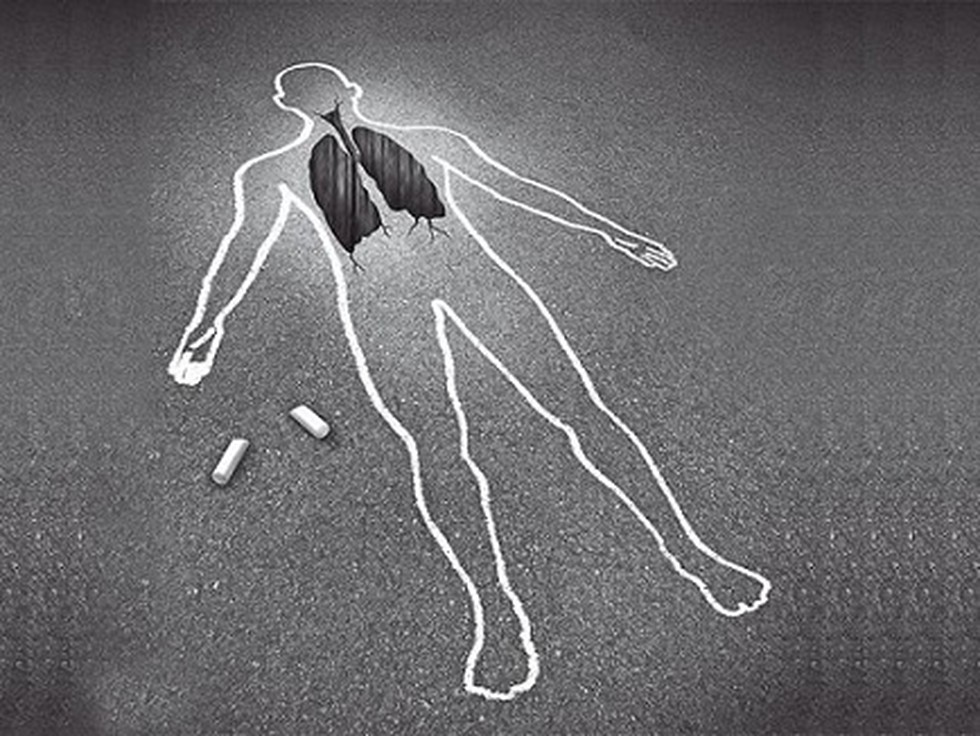
Key highlights of report:
- There was a 16% increase in the number of TB cases in 2018 as compared to the previous year. 21.5 lakh TB cases were notified to the Revised National Tuberculosis Control Programme (RNTCP) in 2018.
- India accounted for a quarter of the Global TB burden with an estimated 27 lakh new cases in 2018.
- Of the total notifications, 25% (5.4 lakh) cases were from the private sector; a 40% increase over last year.
- Among the notified, treatment was initiated for about 19.1 lakh cases (90%) across both public and private sectors.
- The majority of the affected individuals (89%) were in the age group 15-69.
- Uttar Pradesh accounted for 20% of all notifications (187 cases/lakh population).
- Odisha witnessed a decline in the number of notified cases from over 67,000 in 2017 to 50,244 in 2018, or about 25%. Odisha was the only such state; the Union Territories of Lakshadweep and Andaman & Nicobar Islands too witnessed a drop.
- The two UTs of Delhi and Chandigarh had the highest number of notified patients per lakh population, at 417 and 468, respectively. Their rates of notification are higher because people from many other parts of India get notified from these UTs.
- TB is the leading cause of morbidity and mortality among people living with HIV, and HIV co-infection rates among incident TB patients is estimated to be 3% — 86,000 HIV-associated TB patients are emerging annually. 11,000 people with HIV die every year due to TB.
Prelims Pointers
Sept. 27, 2019

About:
- Internet & Mobile Association of India (IAMAI) on behalf of its members has agreed to observe the “Voluntary Code of Ethics” during all future elections including the ongoing General Elections to the Haryana & Maharashtra legislative assemblies.
- The code, which was derived to act against paid advertisements that violate norms set by the Election Commission, came into force on March 20 in the last Lok Sabha polls. During the last Lok Sabha polls, social media platforms took action on 909 violative cases reported by the EC.
- This was the for the first time internet-based companies voluntarily adopted the norms for online poll campaign.
The key features of “Voluntary Code of Ethics” are as follows:
- No political campaign will be allowed to be run on social media platforms in the last 48 hours before polling ends. This period is referred to as “silence period” to allow voters take a considered decision without the heat and dust of campaign on whom to vote.
- Social Media platforms will voluntarily undertake information, education and communication campaigns to build awareness including electoral laws and other related instructions.
- Social Media platforms have created a high priority dedicated grievance redressal channel for taking expeditions action on the cases reported by the ECI.
- Social Media Platforms and ECI have developed a notification mechanism by this ECI can notify the relevant platforms of potential violations of Section 126 of the R.P. Act, 1951 and other electoral laws.
- Platforms will ensure that all political advertisements on their platforms are pre-certified from the Media Certification and Monitoring Committees as per the directions of Hon’ble Supreme Court.
- Participating platforms are committed to facilitate transparency in paid political advertisements, including utilising their pre-existing labels/disclosure technology for such advertisements.
Prelims Pointers
Sept. 27, 2019
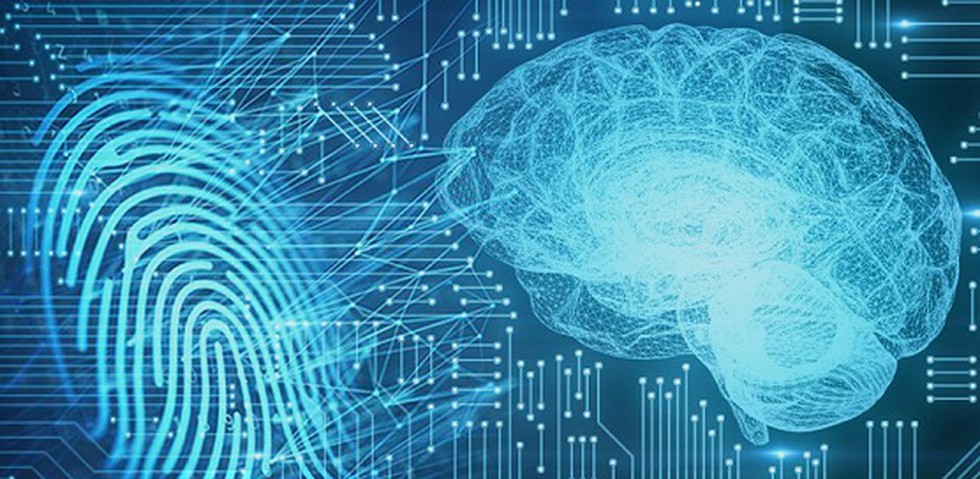
About:
- Dermatoglyphics is an analysis of fingerprint patterns. Dermatoglyphics originates from two Greek words i.e. Derma (Skin) and Glyphe = Curve.
- Multiple Intelligence is a scientific Method of understanding Brain Lobes and its usages.
- So, Dermatoglyphics Multiple Intelligence Test (DMIT) is a combined study of Brain Lobes, 9 Multiple Intelligence and Human Psychology with the help of fingerprints. In the test, the unique fingerprints and dermal ridge patterns of individuals are studied.
- DMIT is a popular test used on school children as a “scientific” study of fingerprints patterns and human brain lobes to determine the “intrinsic potential in a child”.
Arguments by proponents of DMIT:
- The companies that offer DMIT services note that the test enables parents to develop an effective way to interact with their child, based on his or her inborn communication style.
- The test claims to allow users to help pick a proper way towards selecting a career for your child.
- As for adults, DMIT claims to reveal to them the strength they possess, and guide them to perform better at work.
Arguments against:
- The Indian Psychiatric Society (IPS) has now urged schools and parents to stay away from “such ill-found practices”.
- It is because, there is no scientific evidence of this test being useful for measuring or accessing intelligence and brain lobe functioning or predicting future behaviour.
- Any child’s IQ and his abilities are governed by a number of factors, including genetic, dietary and environmental factors.
Prelims Pointers
Sept. 27, 2019
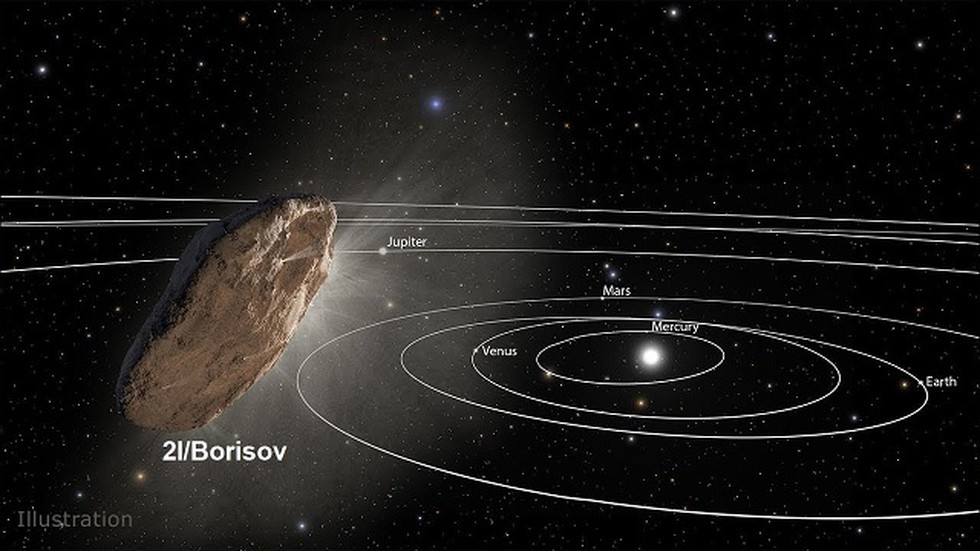
About:
- Name: In 2I/Borisov, I stands for "interstellar", and 2 for being the second interstellar object ever discovered, after 'Oumuamua, which was detected in October 2017. The name Borisov honors its discoverer, Crimean amateur astronomer Gennady Borisov.
- Significance: 2I/Borisov is the first observed interstellar comet and second observed interstellar Object, after ʻOumuamua.
- Journey: The comet is currently inbound towards the Sun, and will reach its closest approach (perihelion) on December 8 at a distance of 300 million kilometres (190 million miles) - about twice the average distance of Earth from the Sun.
- Features: It's between 2 and 16 kilometres in diameter. its chemical composition is similar to the Solar System's long-period comets that originate in the distant Oort Cloud, rather than the short-period comets that come from closer in.
Prelims Pointers
Sept. 27, 2019

About:
- Dividends paid by a domestic company are subject to dividend distribution tax (DDT) at 15 per cent of the aggregate dividend declared, distributed or paid.
- The effective rate is 20.35 per cent, including a 12 per cent surcharge and a 3 per cent education cess.
View of the task force on direct tax code (DTC):
- It has recommended abolishing DDT with a view to promote investment.
- According to it, DDT is a surrogate tax and it hinders foreign direct investment inflows. Also, there are hardly any revenue loss by removing DDT, since it will be offset by the taxes paid by shareholders.
- The panel favours replacing DDT with a classical system of taxation under which dividend receipts be declared as normal income.
Prelims Pointers
Sept. 27, 2019
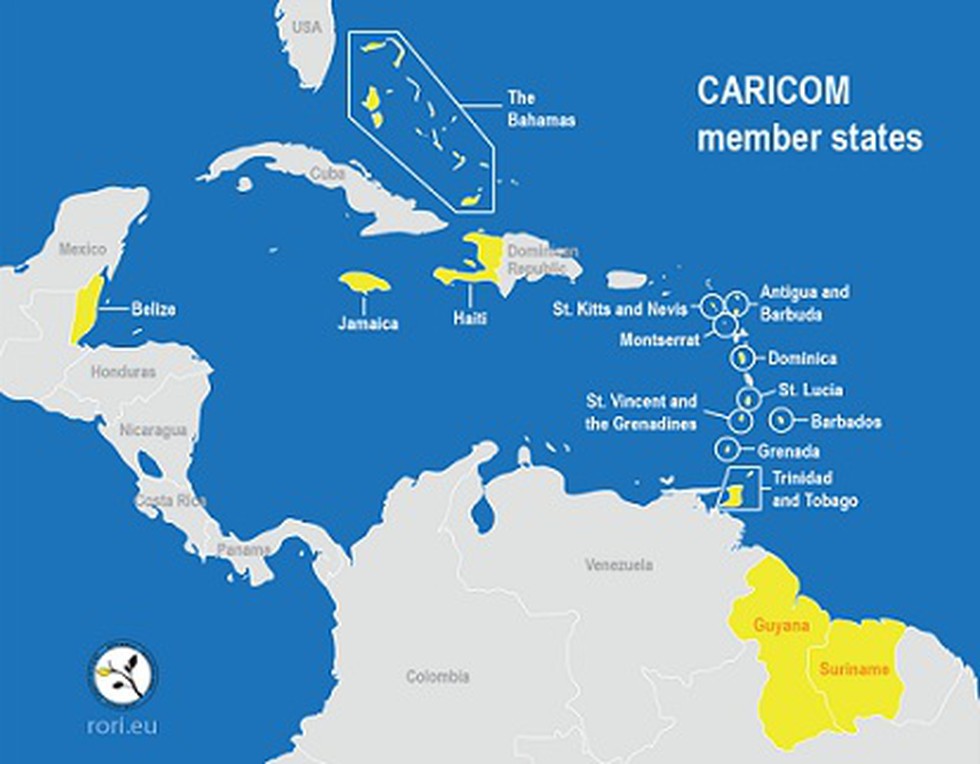
Key highlights of meeting:
- It was the first-ever meeting of PM Modi with CARICOM leaders in a regional format.
- PM Modi announced a USD 14 million grant for community development projects in the CARICOM and another 150 million Line of Credit for solar, renewable energy and climate- change related projects.
- He also announced the setting up of the Regional Center for Excellence in Information Technology in Georgetown, Guyana and the Regional Vocational Training Center in Belize.
- It was decided to set up a Joint Task Force to expeditiously look into possible areas of cooperation and identify the way forward.
Caribbean Community and Common Market (CARICOM)?
- Membership: The grouping has 15 members-states and 5 associate members.
- Established in: 1973.
- What is it? It is an economic and political community that works jointly to shape policies for the region and encourages economic growth and trade.
- Secretariat: Georgetown, Guyana.
Prelims Pointers
Sept. 27, 2019
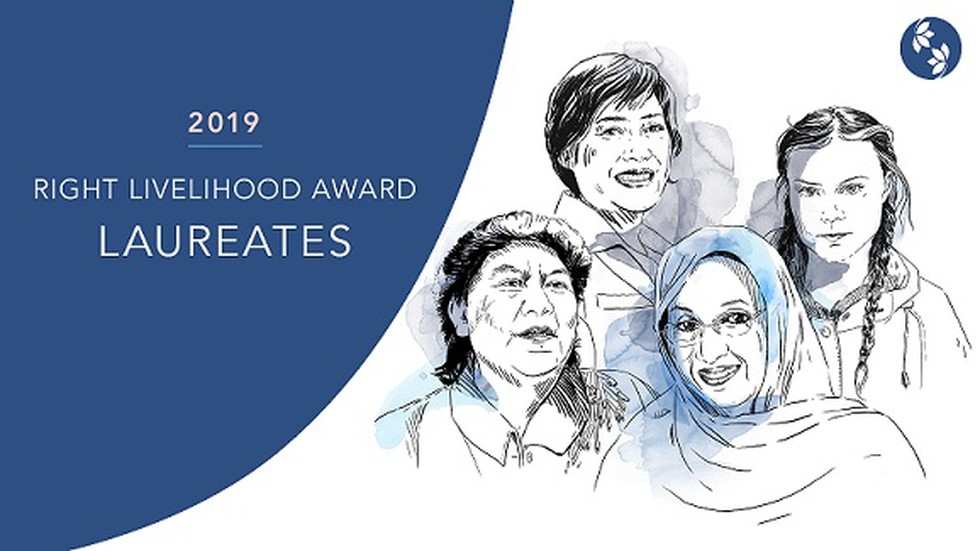
About:
- Background: The annual Right Livelihood Award was created in 1980 by Swedish-German philanthropist Jakob von Uexkull.
- Objective: It honours courageous people and organisations offering solutions to the root causes of global problems, that the prize founder, felt were being ignored by the Nobel Prizes.
- Categories: Unlike most other international prizes, the Right Livelihood Award has no categories.
- Recipients: It is usually shared by four Recipients, but may vary from year-to-year.
- Prize money:
- This year, The four laureates will received a cash award of 1 million Swedish crowns ($103,000) each.
- Not always all Laureates receive a cash award. Often an Honorary Award is given to a person or group whose work the Jury wishes to recognise but who is not primarily in need of monetary support.
- This year, The four laureates will received a cash award of 1 million Swedish crowns ($103,000) each.
- Award ceremony: It is Presented annually in Stockholm, Sweden.
- Although it is promoted as an "Alternative Nobel Prize", it is not a Nobel prize and does not have any organizational ties to the awarding institutions of the Nobel Prize or the Nobel Foundation.
Prelims Pointers
Sept. 27, 2019
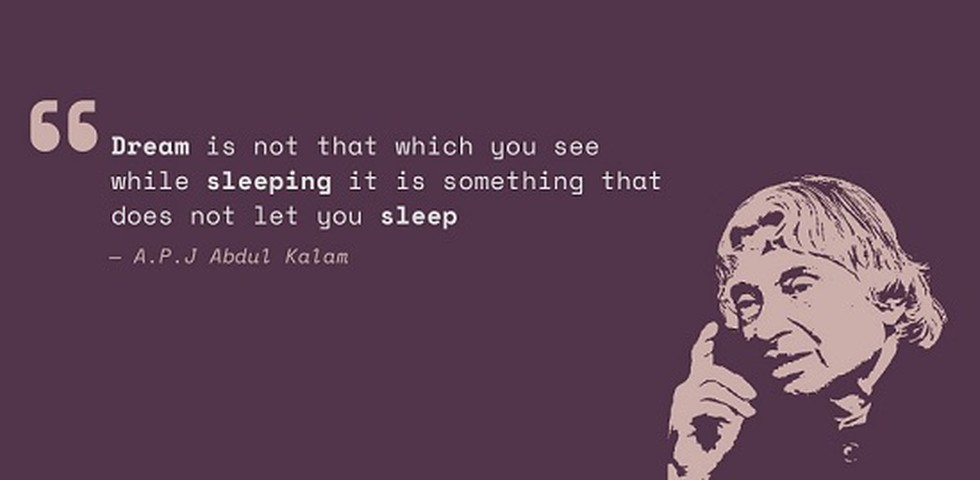
About:
- Defence Research & Development Organisation (DRDO), Ministry of Defence and Central University of Jammu (CUJ) have entered into a Memorandum of Understanding (MoU) for the establishment of Kalam Centre for Science and Technology (KCST) at the university.
- The main objective of the MoU is to facilitate multidisciplinary directed basic and applied research and technology development in the field of Computational System Security and Sensors.
The Central University of Jammu (CUJ) is a Central Government funded University, established under Central Universities Act 2009.
Prelims Pointers
Sept. 27, 2019
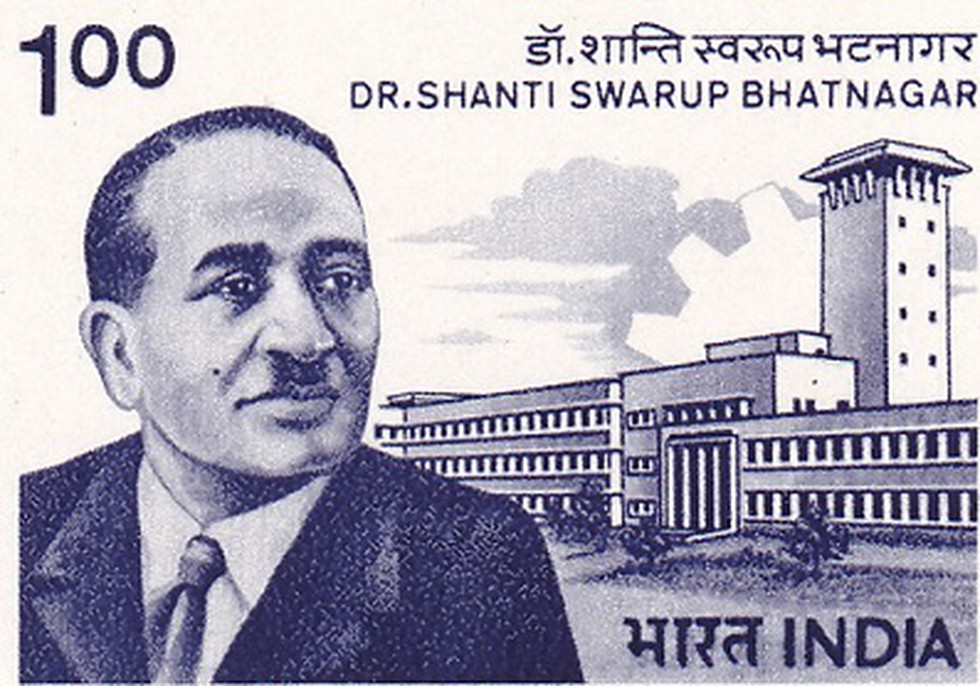
About:
- Given by: Council of Scientific and Industrial Research (CSIR)
- When given: it is an annual award. The names of the recipients are traditionally declared by the Director General on every 26 September, which is the CSIR Foundation Day.
- Prizes: The prize is divided into seven disciplines, namely: (1) Physical Sciences, (2) Chemical Sciences, (3) Biological Sciences, (4) Medical Sciences, (5) Mathematical Sciences, (6) Engineering Sciences and (7) Earth, Atmosphere, Ocean and Planetary Science. Further, each discipline can have multiple winners (maximum 2 individuals).
- Prize money: ₹5 lakh.
- The award is named after Shanti Swarup Bhatnagar (1894 – 1955), the first director-general of the CSIR and the first Chairman of the UGC. In 1954 he was awarded Padma Bhushan.
Prelims Pointers
Sept. 27, 2019
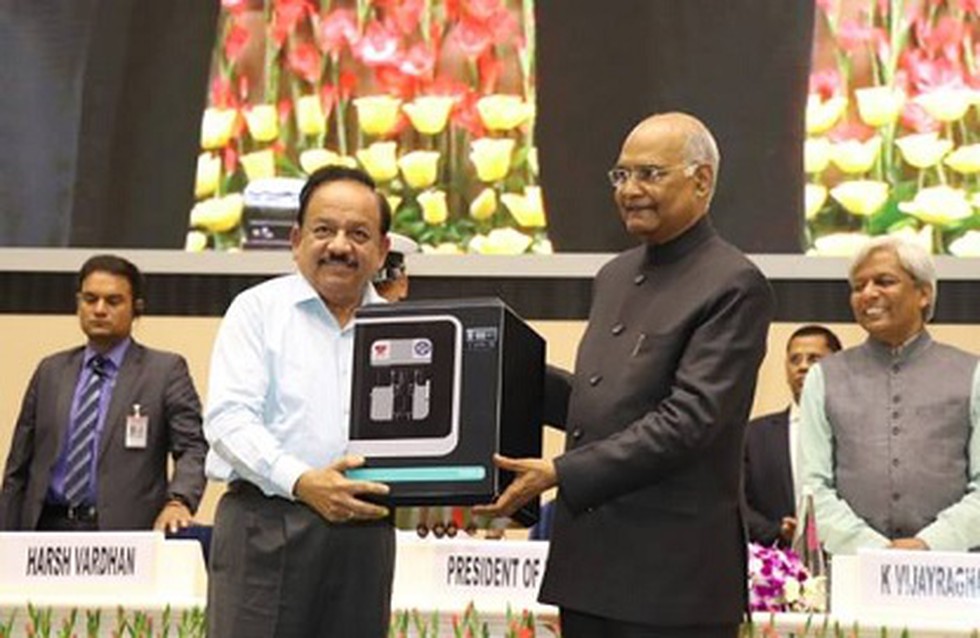
About:
- The system has been developed by Council of Scientific and Industrial Research (CSIR) in partnership with Indian industries.
- It has been developed under India’s flagship program named “New Millennium Indian Technology Leadership Initiative (NMITLI).”
- Working:
- The 5.0 kW fuel cell system generates power in a green manner using methanol / bio-methane, with heat and water as bi-products for further use; amounting to greater than 70% efficiency, which otherwise may not be possible by other energy sources.
- The Fuel Cells developed are based on High Temperature Proton Exchange Membrane (HTPEM) Technology.
- The 5.0 kW fuel cell system generates power in a green manner using methanol / bio-methane, with heat and water as bi-products for further use; amounting to greater than 70% efficiency, which otherwise may not be possible by other energy sources.
- Significance:
- This development would replace Diesel Generating (DG) sets and help reduce India’s dependence on crude oil.
- In the field of clean energy, Fuel Cell distributed power generation systems are emerging as promising alternative to grid power. It carries immense national importance in terms of non-grid energy security.
- This development would replace Diesel Generating (DG) sets and help reduce India’s dependence on crude oil.

